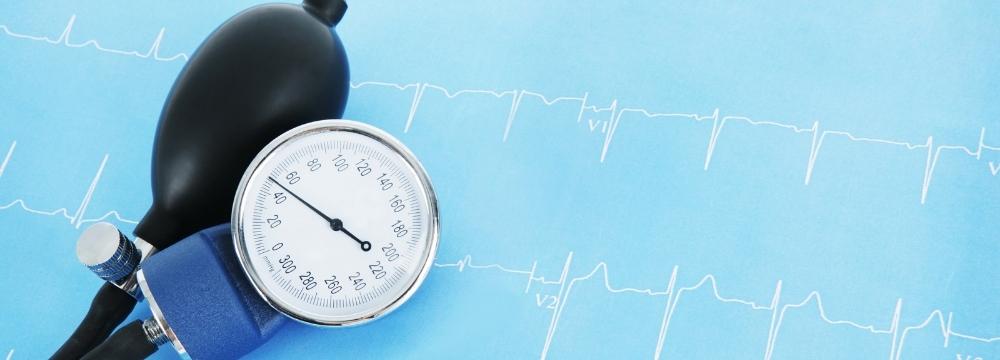Peripheral artery disease, or PAD, is widespread, with up 6.5 million Americans suffering from the disorder, according to the CDC. More concerningly, two out of every three people with PAD don’t even know they have it. Those approximately 4 million people who have not yet been diagnosed with PAD don’t have the opportunity to start treatment early and may see a progression of the condition.
Unfortunately, many patients don’t realize how simple it is to get a diagnosis. Measuring PAD is very straightforward, requiring what is known as an Ankle Brachial Index or ABI. The ABI compares the blood pressure in the legs with the arms at rest and after exercise. It was initially measured manually. However, new technology has allowed us to measure various blood flow markers to the extremities using a non-invasive, simple device. Special blood-pressure-type cuffs are strategically attached to the arms and legs and inflated.
Within five or 10 minutes, Dr. Farrugia can have an accurate reading with information about how far PAD has progressed, thus allowing him to formulate a treatment plan.
You may know that early treatment and prevention of the progression of PAD is far more effective than waiting until it becomes a significant concern. Dr. Farrugia works with you at any stage of PAD progression using preventative measures, medications, and, when necessary, invasive procedures, such as balloon angioplasty or atherectomy.
If you are suffering from pain in your extremities, a cold sensation, especially in your legs, swelling of the lower extremities or ankles, or a loss of hair at your extremities, you should speak to your primary care physician and schedule a consultation with Dr. Farrugia to understand what the cause may be.
Again, this simple test is not painful or invasive and only takes a few minutes. Yet, it is incredibly powerful and can detect PAD early, giving you the broadest treatment options.


Recent Comments